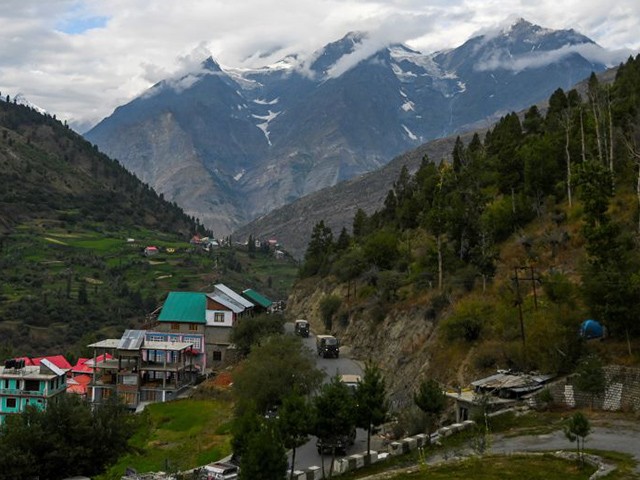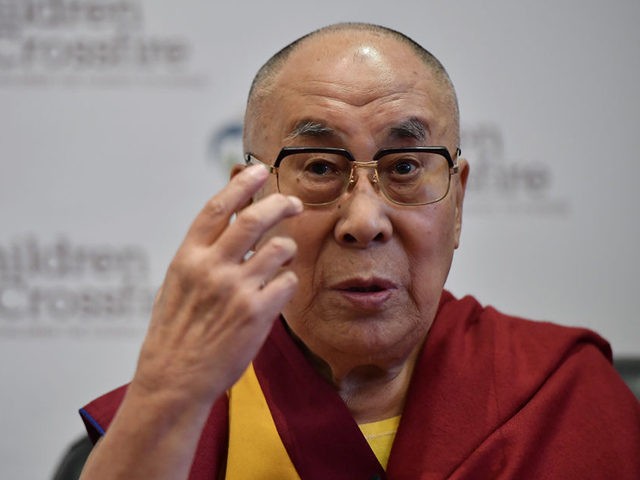The Indian Air Force recently deployed a helicopter to fly the 14th Dalai Lama from his place of exile in northern India to a Buddhist festival near the country’s disputed Himalayan border with China, the Deccan Herald reported on Thursday, noting that the action likely served as a “snub” to Beijing, “which in the past repeatedly conveyed its displeasure over the Government of India facilitating the visits of the Tibetan Buddhist monk.”
Detailing the development on August 11, the Deccan Herald wrote:
The 14th Dalai Lama flew onboard an indigenously developed Dhruv Advanced Light Helicopter of the Indian Air Force (IAF) from Leh to a 15th century monastery near Lingshed, one of the remotest villages of the [Indian] Union Territory of Ladakh. He had reached Leh on July 15 last for a month-long visit to Ladakh – his first outside the seat of the Tibetan Government-in-Exile (TGiE) at Dharamshala in northern India after the onset of the Covid-19 [Chinese coronavirus] pandemic.
The global icon of the decades-long struggle of the Tibetans against the Chinese rule over their homeland was received by the Air Commodore P K Srivastava, Air Officer Commanding of the IAF station in Leh, on his arrival at the station for flying to Lingshed.
The 14th Dalai Lama, 87, flew from Leh, the capital of northern India’s Ladakh state, to Ladakh’s Lingshed Buddhist monastery to preside over the closing ceremony of a Buddhist festival known as “Ladakh Ling-Gon Yarchos Chenmo,” which is a ten-day long annual event that began this year on August 2.
The 14th Dalai Lama is a Buddhist monk currently living in exile in northern India after he was forced to flee Tibet in 1959 following a failed uprising in the ancient Himalayan kingdom against Beijing. Tibetans consider the 14th Dalai Lama to be both a spiritual and political leader of Tibet, which was governed by Buddhist monks for centuries before the Chinese Communist Party forcibly seized the territory in 1950. China’s central government, which administers Tibet, refers to it as the “Tibet Autonomous Region.” Beijing has labeled the 14th Dalai Lama as “a dangerous ‘splittist’, or separatist, and frowns on any engagement with him,” according to Reuters.

In this picture taken on September 3, 2020, an Indian Army convoy makes way along a highway in Kyelang, some 120 kilometres (75 miles) from the Indo-Tibetan border. (Photo by MONEY SHARMA/AFP via Getty Images)
“The visit by the Tibetan Buddhist monk is also his first one to Leh since the military stand-off between India and China started along the Line of Actual Control (LAC) in eastern Ladakh in April-May 2020,” the Deccan Herald noted on Thursday of the leader’s latest visit to the disputed and largely unmarked India-China border.
India has been engaged in an unofficial border standoff with China along the two neighbors’ western Himalayan border for more than two years. Chinese People’s Liberation Army (PLA) troops ambushed an Indian Army border regiment on the night of June 15, 2020, sparking hours of hand-to-hand combat that killed 20 Indian soldiers and an estimated 38 members of China’s PLA.

COMMENTS
Please let us know if you're having issues with commenting.